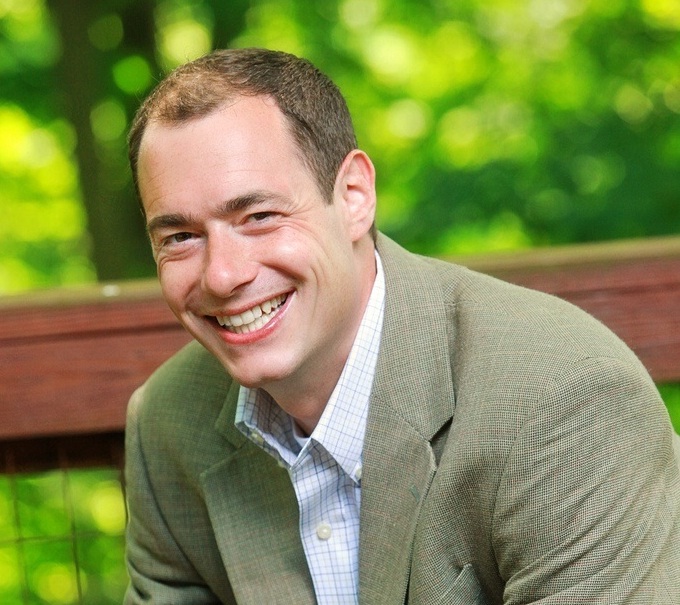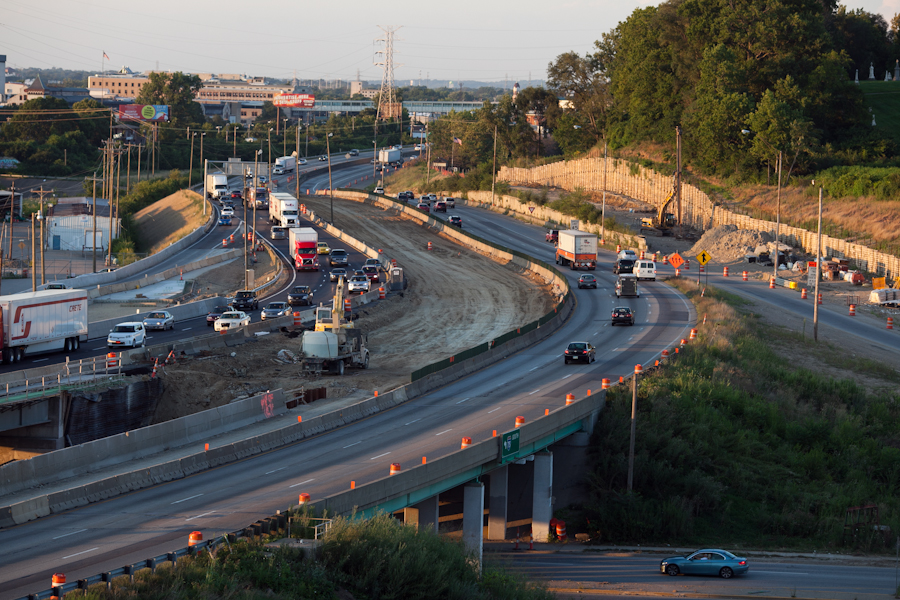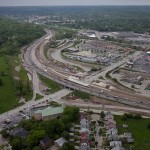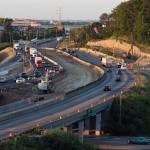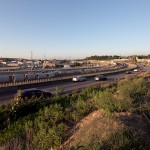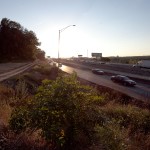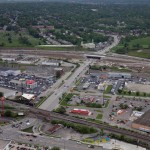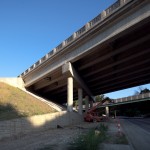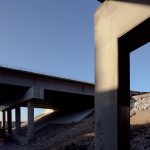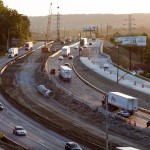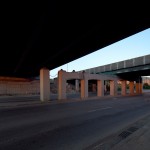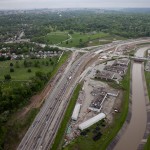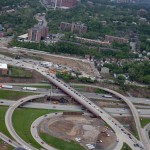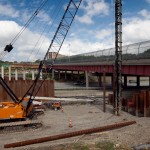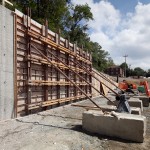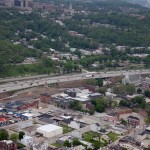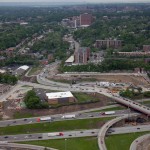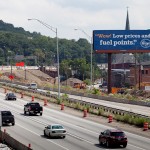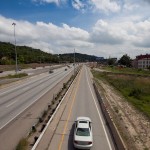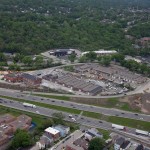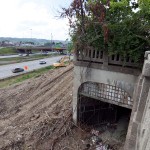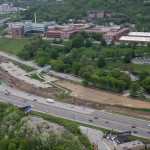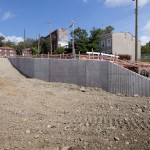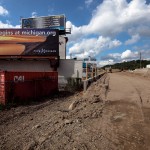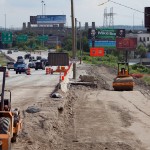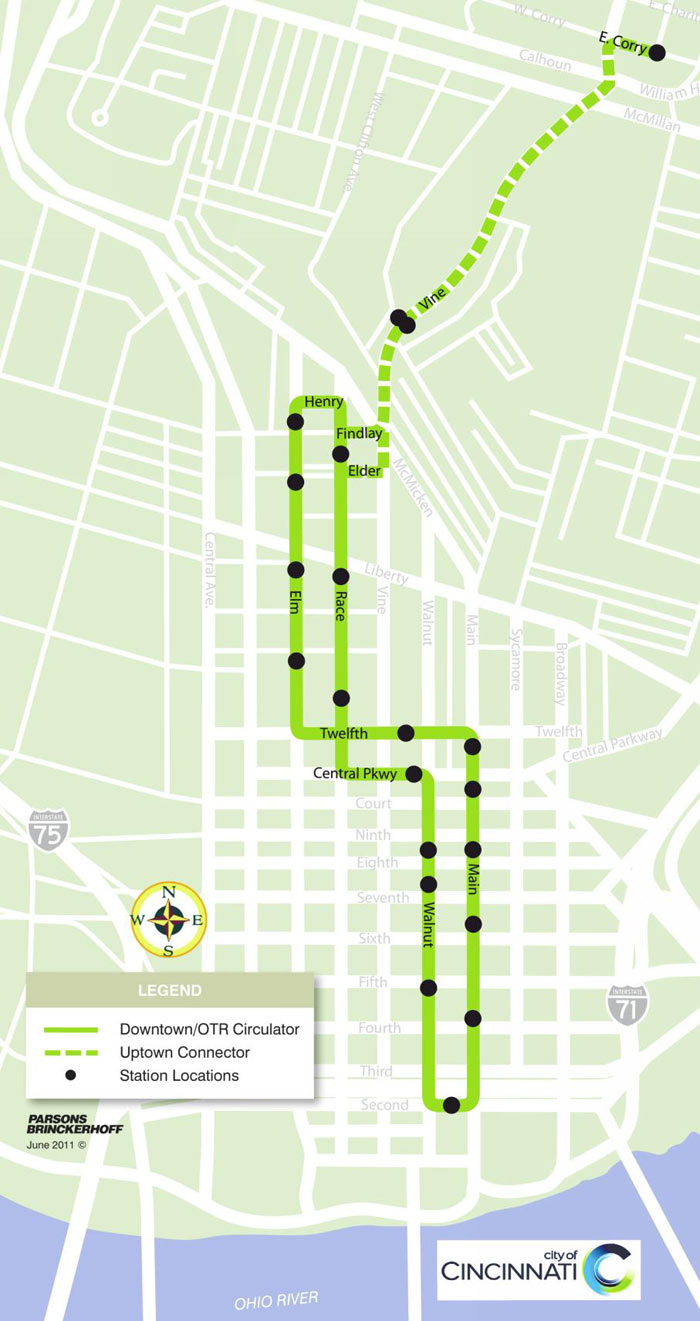 Whether you were for or against the streetcar, here are the facts: contracts have been signed, millions spent, and construction is fully underway. The proverbial train has left the station. Now it is up to both public and private sector leaders to ensure that this new transportation system and driver of economic development is a success.
Whether you were for or against the streetcar, here are the facts: contracts have been signed, millions spent, and construction is fully underway. The proverbial train has left the station. Now it is up to both public and private sector leaders to ensure that this new transportation system and driver of economic development is a success.
Like so many, I had been frustrated with the way in which this project had been managed. But with a new and serious project manager in place, my own pragmatism, and firm desire to see Cincinnati succeed mean that I and others get fully on board – and help lead.
To achieve success, the following must happen:
- We need a credible operating plan, and it needs private sector support. Taxpayers should not have to pay the full cost to run the streetcar, and with the right deal makers and plan, meaningful partnerships can get done.
- The streetcar has to go to Uptown (the Clifton and University of Cincinnati area). So, let’s make it happen. Businesses, property owners, and our institutional partners in Uptown could very well work with the City to ensure the Uptown Connector (Phase 1B) not only happens, but happens as soon as possible.
If elected in November, I pledge to focus on getting the streetcar up the hill to Uptown, not to mention a credible, privately-supported operating plan in place. In fact, I believe we should have a framework for both plans within months, not years.
The work will not end here, of course, and our entire transportation system needs updated. The streetcar should be a catalyst for transforming our transportation system, one that better connects people to jobs and where they want to go – and does so faster.
Cincinnati is on the verge of a major comeback, but long-term growth is not inevitable. Our momentum is real but fragile, and the decisions we make now will determine whether or not Cincinnati is a great city again. Getting the streetcar right, and to Uptown, will be critical. Failure is not an option.
Greg Landsman is a Democratic candidate for Cincinnati City Council. He is currently the executive director for the Strive Partnership, a non-profit dedicated to improving public education, and previously served in the Ted Strickland (D) administration. If you would like to have your thoughts published on UrbanCincy you can do so by submitting your guest editorial to urbancincy@gmail.com.
